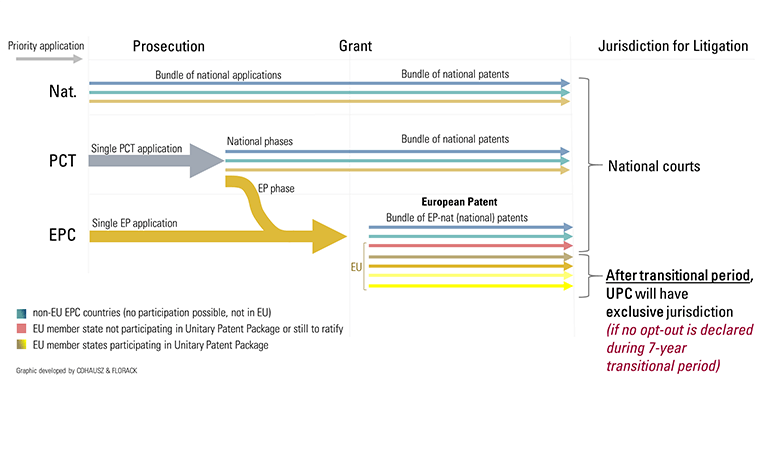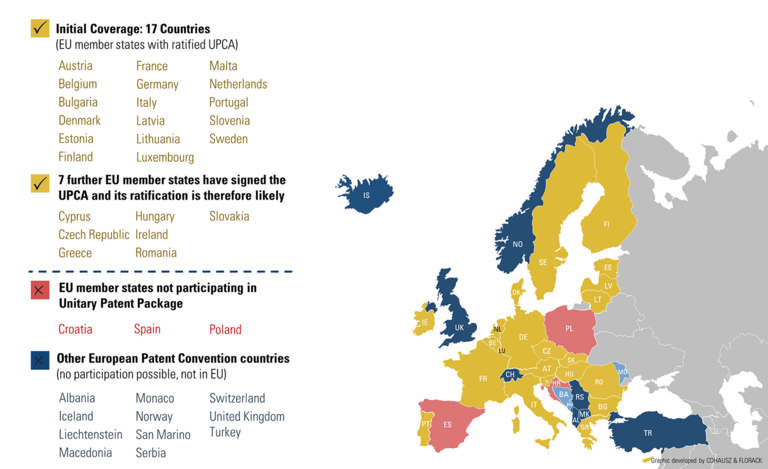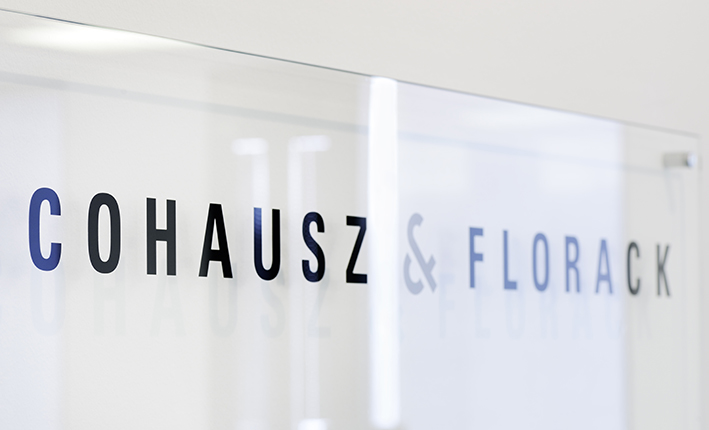The unitary patent: EU-wide protection for your ideas
Patent protection in Europe has existed long before the plans for a unified patent system were created. Under the conventional system, companies or inventors apply for a European patent (EP) at the European Patent Office (EPO). This patent is a bundle of national partial patents.
For the patent to be effective in the individual countries, it has to be validated in each of these countries individually. If the patent is challenged, transferred, enforced, or nullified in one of these countries, this has no effect on the patent’s legal standing in any of the other countries.
The European patent with unitary effect (“unitary patent”) will offer a different option: it will provide uniform patent protection and have the same effect in all participating EU member states. There is one exception when it comes to licensing: licenses can be limited by territory.
The option for a traditional European patent will still exist – namely, by filing an opt-out application. It is possible to combine a European patent with unitary effect, a traditional EP bundle patent (e.g. for non-EU states or states not participating in the UPC such as Spain, Poland, Croatia), and a national patent.








